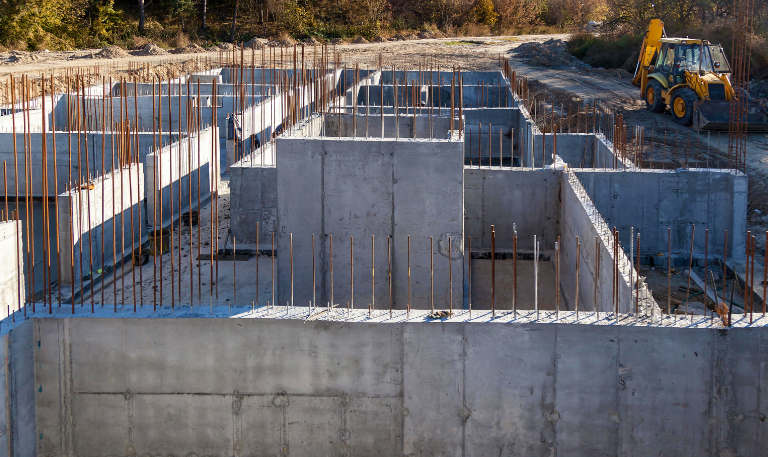Common failures in the installation of pavers, hardscapes, and patios [part 1 of 3]
Part 1 in a 3 Part Series. Part 1 focuses on the surface issues. Part 2 focuses on the subsurface issues. Part 3 focuses on ways to prevent these common problems
We’ve all seen a paver surfaces that looks like this: missing pavers, cracked pavers, a badly warped surface, etc. However we’ve also seen similar surfaces that have handled thousands of years of traffic, and still look a helluva lot better (see the roads of ancient Rome).
As an engineer, I first of all greatly respect ancient Roman engineering, but am also equally dismayed that we seem to be backsliding as a society on something so simple. For anyone keeping track at home, I have this as the second most infuriating failure of modern engineering after sagging headliners in cars.
Since I work with a lot of people who can answer these questions, I figured I would ask what’s going wrong, and relay along my findings about how not to screw up. What I learned is that while the failure of the pavers is visible, the root cause is usually below the surface. And while there isn’t usually a single cause of failure, there are 4 big buckets of problems (the rest are in Part II):
Surface problems:
Paver selection
The most obvious difference between the modern walkway and the Roman walkway is the paver themselves. The choice of heavier paver units makes them harder to move and displace. Weight is a huge factor. But since all pavers are basically made out of the same stuff, more material makes them cost more.
Furthermore thicker pavers are stronger both individually and collectively. Flexural strength is a measure of how much force a material can take until it fractures. Looking at the equation longer blocks are weaker, but wider blocks and thicker blocks are stronger. Flexural strength in particular is dependent upon thickness squared– making a block that is twice as thick four times as strong. Additionally as blocks slide past each other the vertical faces of neighboring blocks provide resilience to deformation
If you are building a paver surface for people you can look at smaller, lighter pavers (2.5 in paver), but if you have cars and trucks you should be looking at significantly larger and thicker paver units. It seems obvious, but as seen from my picture—we seem to be willfully ignoring the obvious lesson that paver selection matters. Simply put saving a few pennies per square foot in installation costs quickly comes back to bite you in the end.
Curbs, edges, and transitions
The interface between your pavers and anything else is a common problem. Pavers are manufactured in factories to exacting standards, making their sizes and shapes reasonably uniform. Conversely edges, curbs, and transitions are usually poured on-site into site-built molds prior to the pavers being laid down.
If two curbs meet, it should be at a 90° angle. But assuming the installation was off by 1°, every 5 feet the curb would drift 1”—a small 10-foot patio edge would suddenly be out of square by 2”. Not insurmountable but quite noticeable. Solutions can beget both visual and functional problems. Pavers cut to fill the gap are lighter and less resilient making them more susceptible to crack or be knocked loose (see previous point about paver selection).

VP of Business DevelopmentAaron Fisher
Latest News

4 Ways To Reinforce Concrete
Concrete is one of the most fundamental materials used in construction. If you’re working on a domestic project or a […]

The Environmental Benefits Of Using Ready-Mix Concrete
The construction industry is changing quickly to meet the growing demand for sustainability and eco-friendly practices. One of the most […]

6 Essential Tips For Grouting Stone Veneer
Grouting stone veneer is an important step in the installation process that can significantly impact the overall look and durability […]

Should You Fill Hollow Concrete Blocks?
Hollow concrete blocks are widely used in construction due to their strength, versatility, and lighter weight compared to solid blocks. […]

